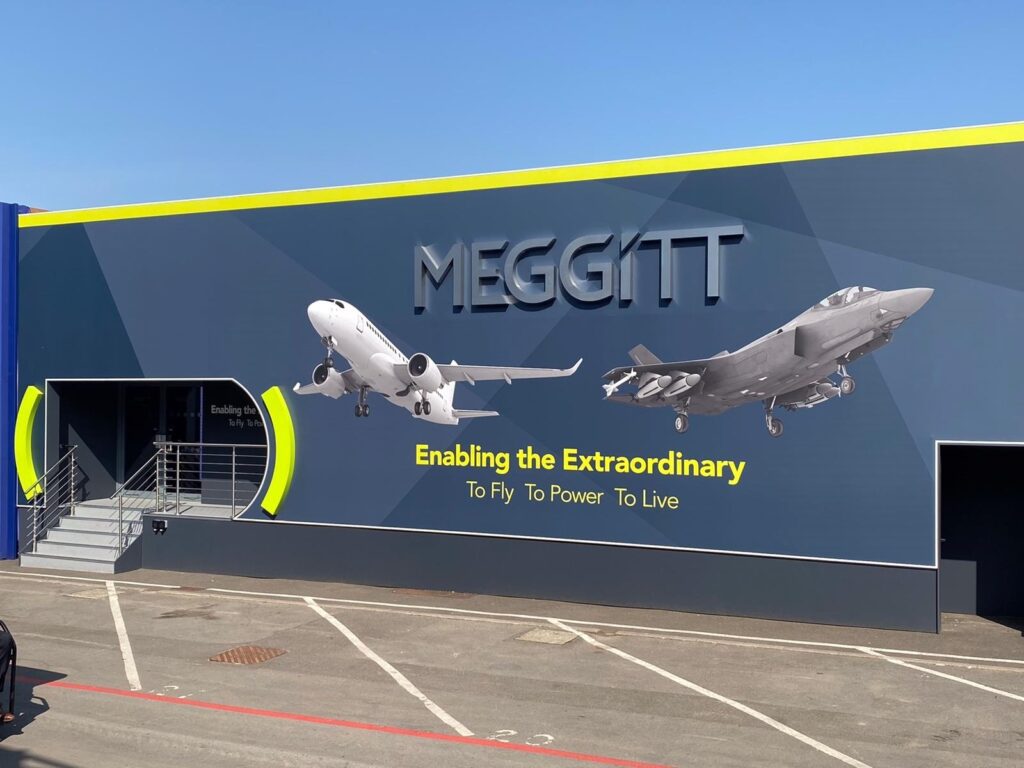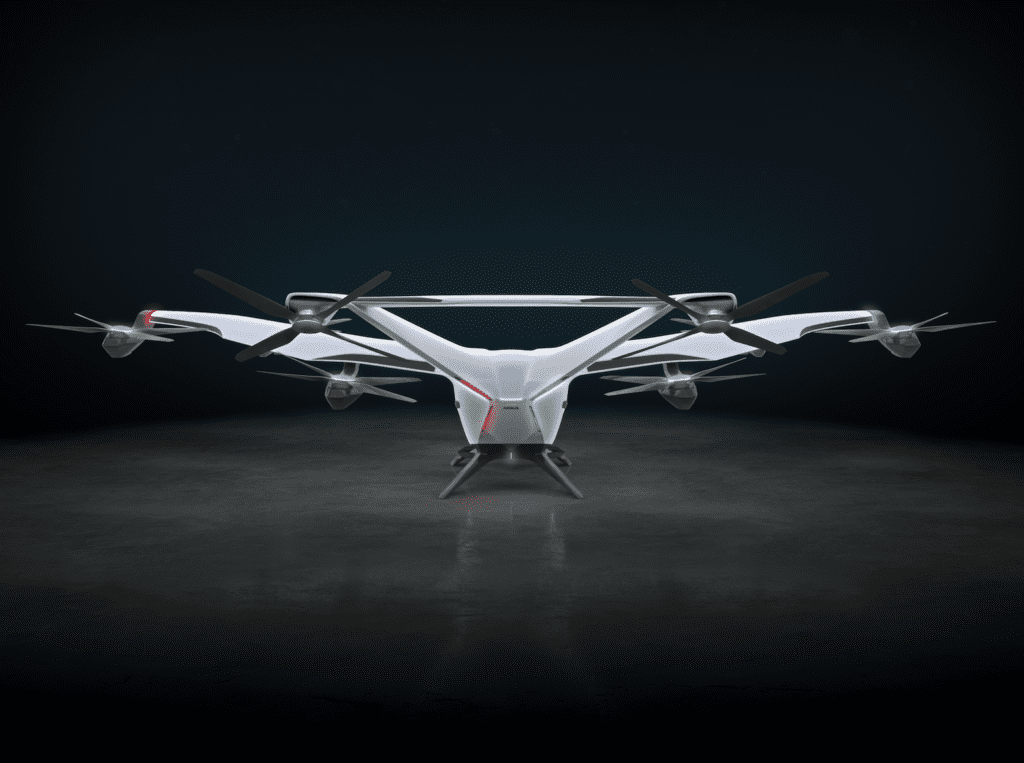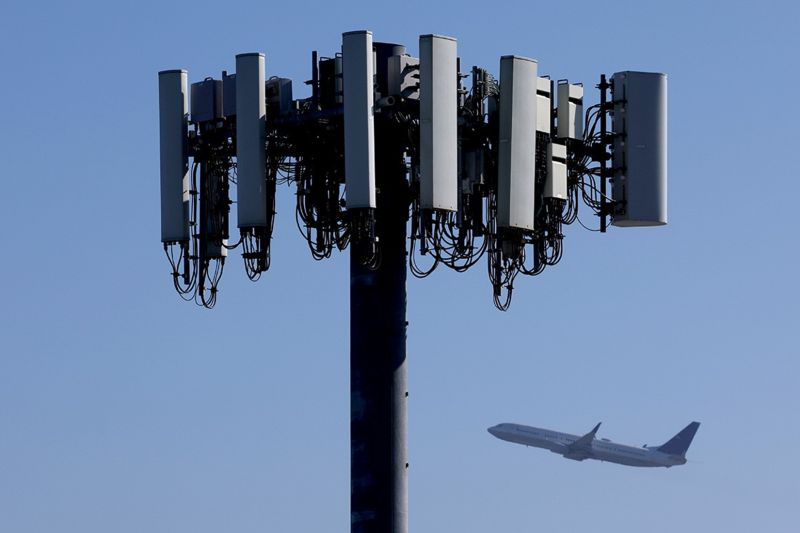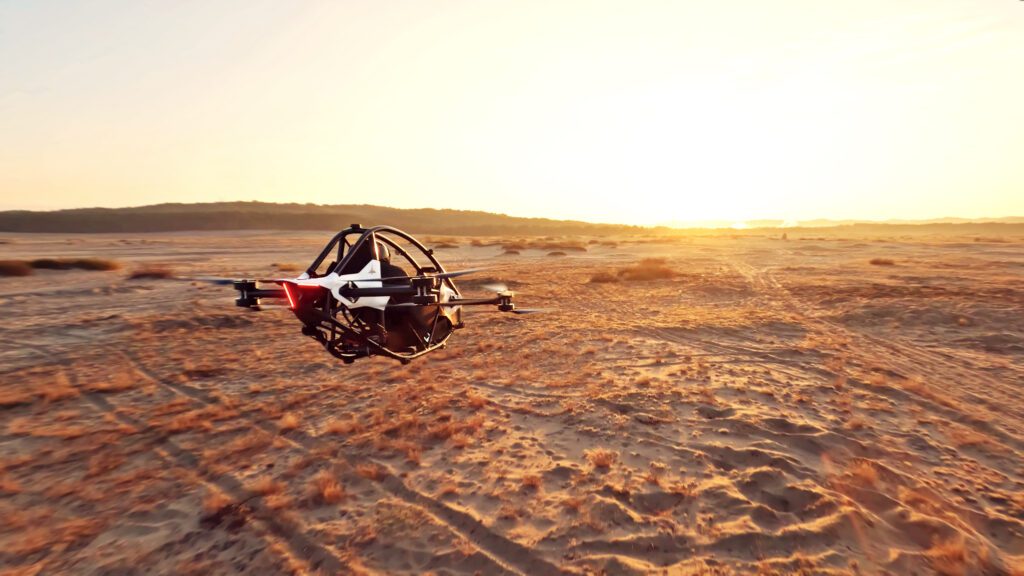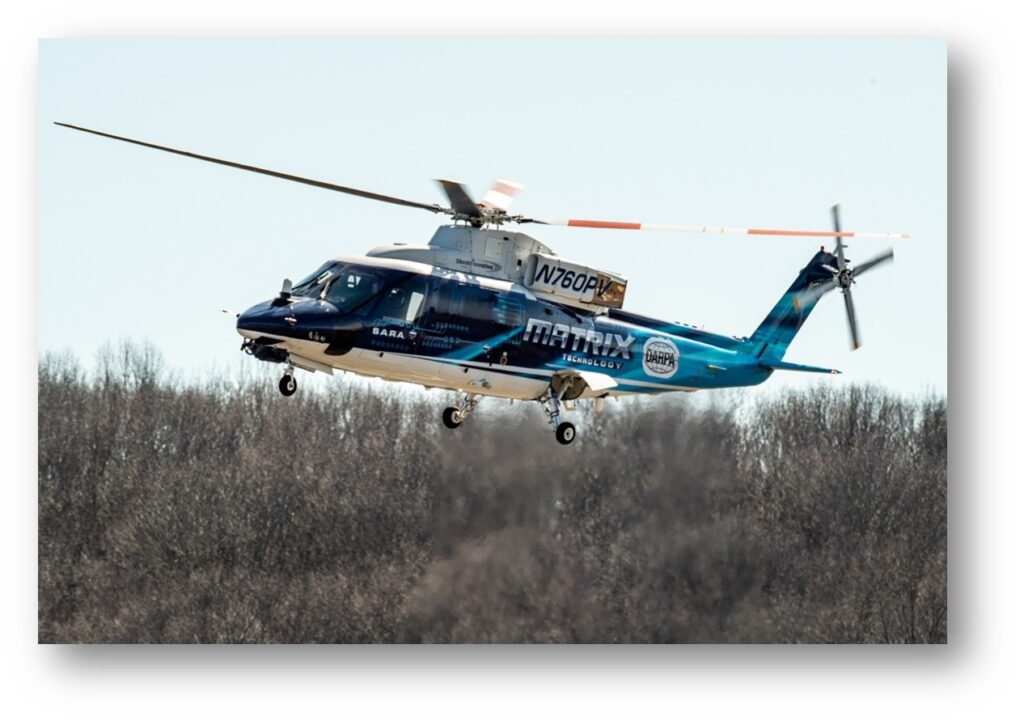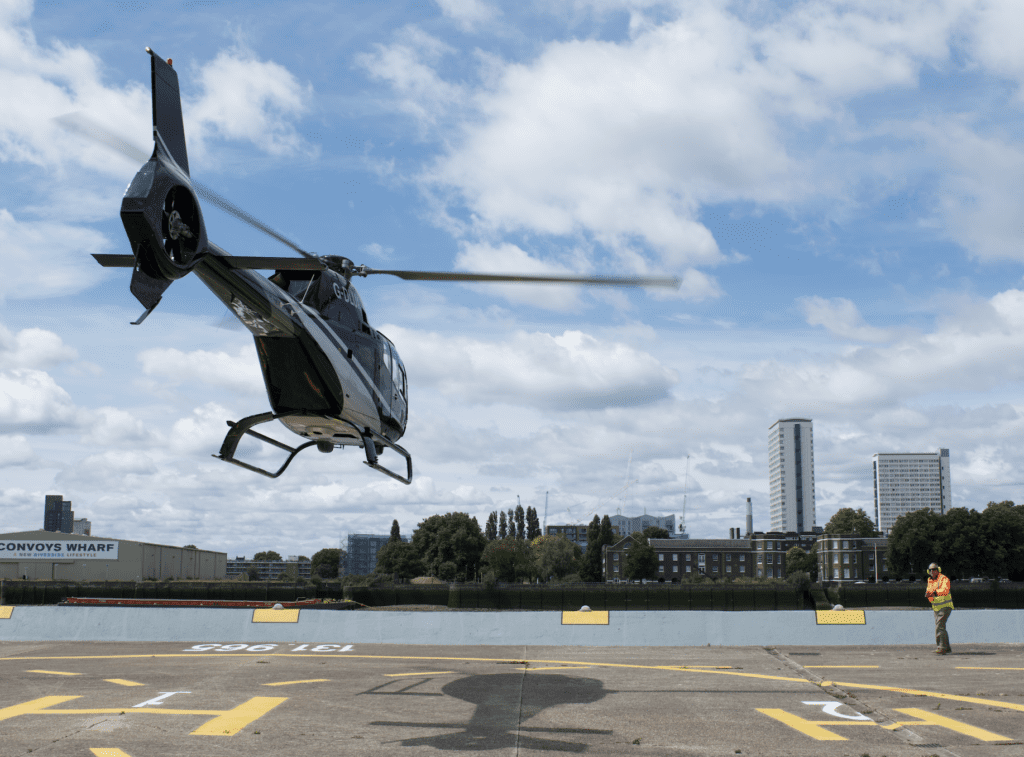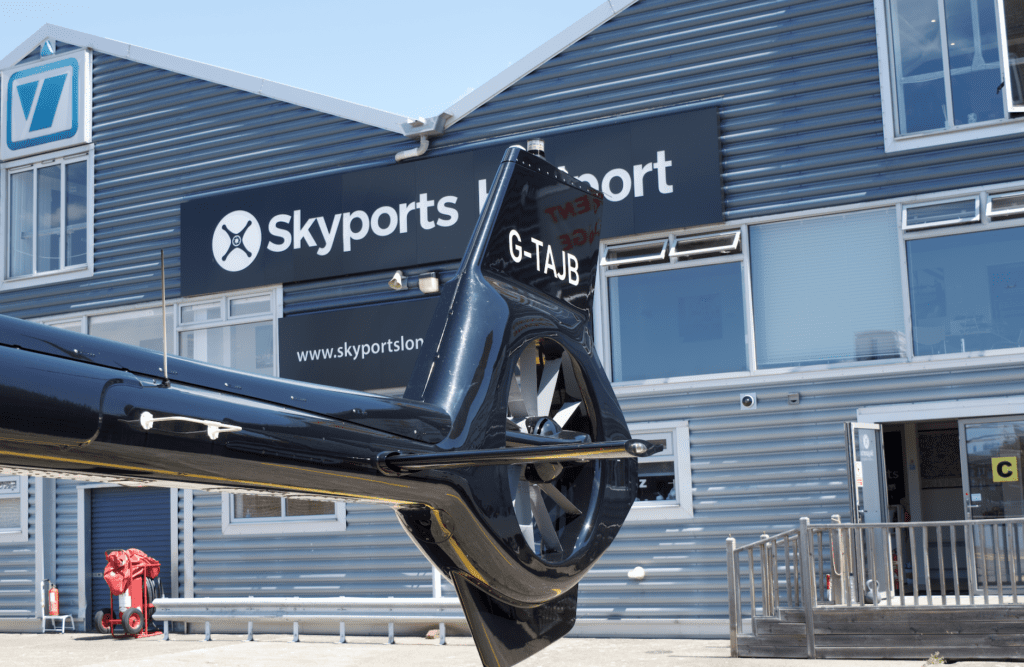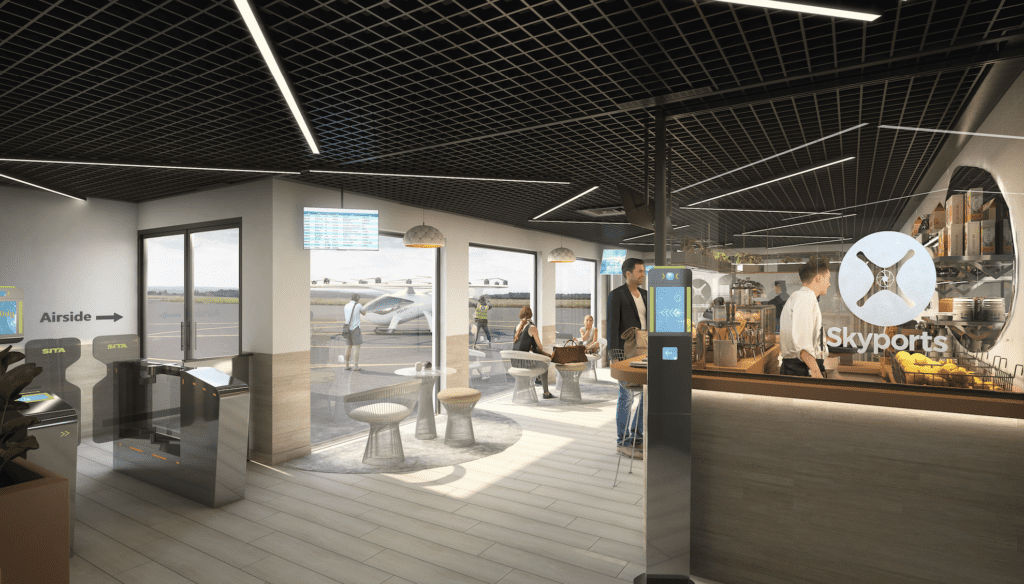Raytheon to Provide Dual Frequency Upgrades for Wide Area Augmentation System
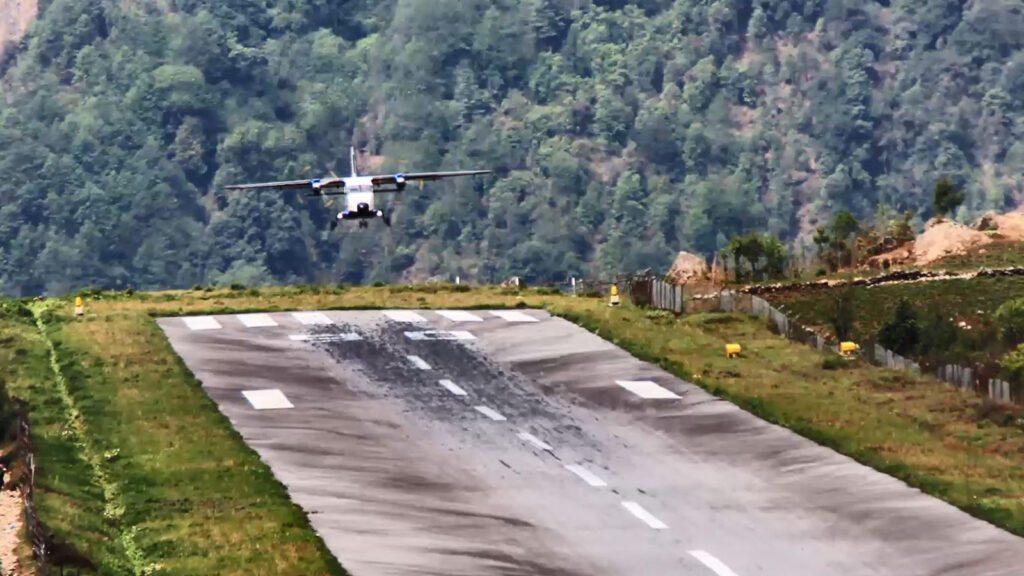

The Wide Area Augmentation System, or WAAS, monitors and evaluates all GPS signals over North America to enable pilots to fly using augmented GPS data for safety of life missions like precision landing and en-route navigation. The system allows pilots to safely land in places that were previously inaccessible because of the airport location and/or weather. It also makes airports without ground-based navigation available to pilots. (Photo: Raytheon Intelligence & Space)
The Federal Aviation Administration has issued a new 10-year contract to Raytheon Intelligence & Space that will provide a technical refresh for the Wide-Area Augmentation System (WAAS)—a space-based precision navigation system that first became operational in the U.S. in 2003. Under the contract, which has a $375 million “ceiling value,” according to Raytheon, the WAAS system will receive Dual Frequency Operation (DFO) upgrades.
WAAS is a system of satellites and ground stations that correct the errors in GPS signals caused by effects like ionospheric disturbances. With such signal corrections, WAAS provides position accuracy that is better than three meters. The FAA has worked with Raytheon—the prime contractor for WAAS since 1996—and other major industry players on a series of upgrades to the system over the last two decades, including the development of a new WAAS satellite payload contracted to Intelsat in 2018.
FAA’s latest reported statistics on WAAS-enabled landing procedures available at North American airports include 4,092 LPVs available at 1,989 airports and 726 LPs at 531 total airports.
A representative for Raytheon, in an emailed statement to Avionics International, confirmed the contract will include several ground infrastructure upgrades for WAAS, including new Ground Uplink Station (GUS) receivers, new processors, a new Internet Protocol (IP)-based Telecommunications Network, and “enhanced system cybersecurity.”
“Dual Frequency service, the namesake upgrade of the DFO-2 contract, will provide the biggest benefit by giving users an extra dataset to calculate their own ionospheric errors,” the representative said. “Currently, ionospheric corrections are calculated centrally for single frequency. Dual frequency will provide improved accuracy, availability, and safety to users, especially during periods of high ionospheric activity like solar storms.”
According to an overview of WAAS featured on Raytheon’s website, the addition of the dual frequency service is “anticipated by 2028.” WAAS users with dual frequency WAAS-enabled GPS receivers will find that, once the DFO service becomes operational, the system will “support better positioning determination even during solar storm periods.”
“There is no margin for error during take-off, flight or landing,” Denis Donohue, president, Surveillance & Network Systems at RI&S, said in a statement. “Our modernization effort for WAAS will improve system robustness during ionospheric events and ensure safety-of-life requirements continue to be met.”
The post Raytheon to Provide Dual Frequency Upgrades for Wide Area Augmentation System appeared first on Avionics International.
—————
Boost Internet Speed–
Free Business Hosting–
Free Email Account–
Dropcatch–
Free Secure Email–
Secure Email–
Cheap VOIP Calls–
Free Hosting–
Boost Inflight Wifi–
Premium Domains–
Free Domains








